Gluten-free baking has become increasingly popular, whether for health reasons — like coeliac disease — or just personal preference, and gluten-free products have become widely available. When it comes to baking, flour really is an essential. There are many gluten-free flours available to try, made from ground or milled gluten-free foods. Read on for your guide to gluten-free baking
WHAT IS GLUTEN?
Before we delve into details about gluten-free flour, we need to get a little technical. Gluten is a form of protein found in grains such as wheat and — to a lesser extent — barley and rye. Gluten becomes sticky when water is added, which creates a glue-like substance. With adequate mixing to develop the gluten, this creates structure for baked goods. When combined with yeast and baked at high temperatures, the gluten in the bake forms tiny gas pockets, which in ate and harden, giving breads, cakes and other baked goods their structure.
WHAT IS GLUTEN-FREE FLOUR?
So, what is gluten-free flour? Various gluten-free plants, vegetables and nuts can be ground or milled to make flour. In gluten-free baking, a blend of several types of flour, including a binding agent, is usually preferable than using just one. This helps to mirror the structure, texture and bite that gluten provides. The sticky, binding properties of gluten can be recreated using a high-protein flour or with the use of a small amount of xanthan gum or guar gum to achieve the sticky gluten-like effect. Let’s get into some of the gluten-free flours.
GLUTEN-FREE PLAIN FLOUR
Gluten-free plain flour is an absolute cupboard staple, milled from naturally gluten-free rice, tapioca, maize and buckwheat. Use the same amount as you would do with regular flour, but it’s definitely worth adding a little extra liquid in most recipes that call for gluten-free plain flour. You can buy gluten-free raising agents, such as baking powder or bicarbonate of soda, that can be used with the gluten-free plain flour to add a rise to bakes.
GLUTEN-FREE SELF-RAISING FLOUR
This flour is milled using naturally gluten-free rice, potato, tapioca, maize and buckwheat flours, with the addition of raising agents. As with normal self-raising flour, this is best for cakes and bakes that require a good rise.
GLUTEN-FREE BREAD FLOUR/STRONG FLOUR
Strong flour, also commonly known as strong bread flour, is made from hard wheat varieties. It contains more gluten than other types of flour, which gives it its elasticity and enables a dough to rise with a good structure. Some flours fortify by adding refined gluten, while others use a blend of various wheats with imported hard wheat to give the best results when baking bread. It is often made up of rice, tapioca and potato, all naturally gluten-free.
BUCKWHEAT FLOUR
This flour is milled from whole buckwheat. This flour has a mild sweetness making it perfect for baking with. Buckwheat is naturally gluten-free, and despite its name, it doesn’t contain any wheat. Its slightly earthy flavour makes it perfect for using to make pancakes and pasta.
RICE FLOUR
Brown rice our has a subtle earthy flavour, while white rice flour is almost flavourless. Both types can come in very handy when making cakes and bread, as well as batter, and can be used to thicken sauces.
COCONUT FLOUR
This high- fibre flour is ideal for hand-baking and using in bread machines, but is very absorbent, so use it sparingly. It’s also great to use in cakes and pancakes, without giving them an overpowering coconut flavour.
QUINOA FLOUR
Quinoa is a high-protein, wholegrain flour used in baking and cooking, or for thickening sauces. It has a mild, nutty flavour that lends itself especially well to cake and bread recipes. It’s the perfect flour to add to a recipe that needs the sticky, binding properties of gluten.
CHICKPEA FLOUR
Also known as gram flour, chickpea flour is traditionally used in Indian cooking. It’s packed with fibre, and has an earthy flavour. Use it to coat vegetables for pakoras, or to make flatbreads.
Here are 12 exceptional gluten-free bakes you can try!
- gut health
- healthy
- top tips
- fridge cake
- food festival
- me auld flower
- dublin
- dublin festival
- food and drink festival
- festival line-up
- Summer festival
- Events
- Festivals Ireland
- Body & Soul
- music festival
- summer events
- OATLY
- Crudo
- All Together Now
- Events Waterford
- Events Ireland
- news
- events Dublin
- Home-Cooking
- online cooking course
- cooking
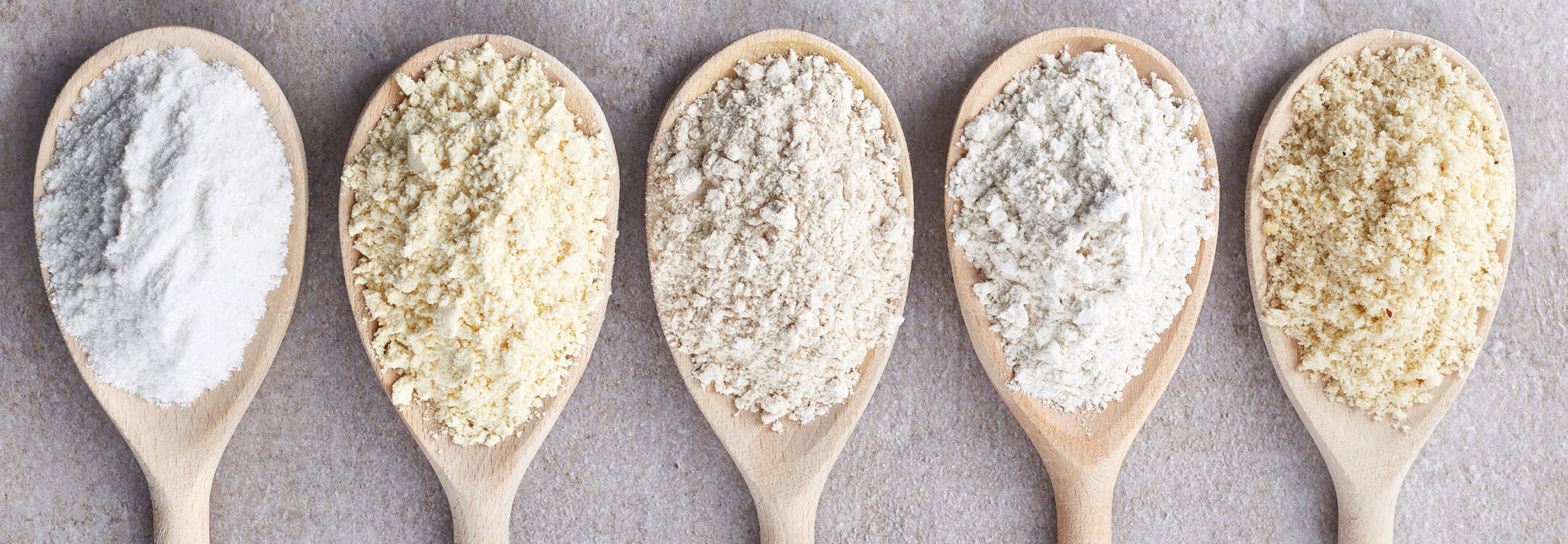









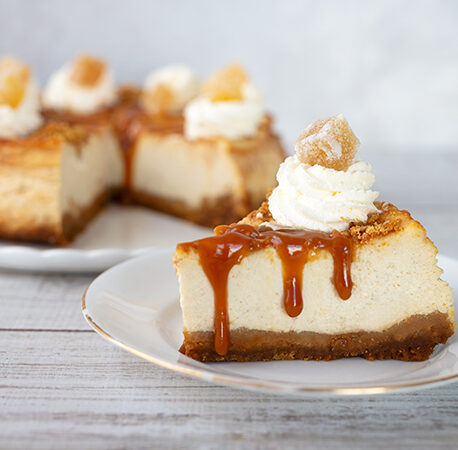
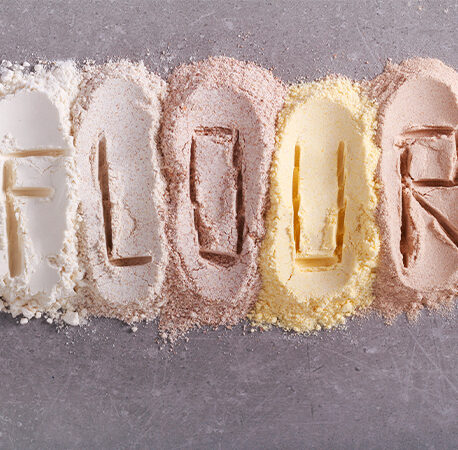

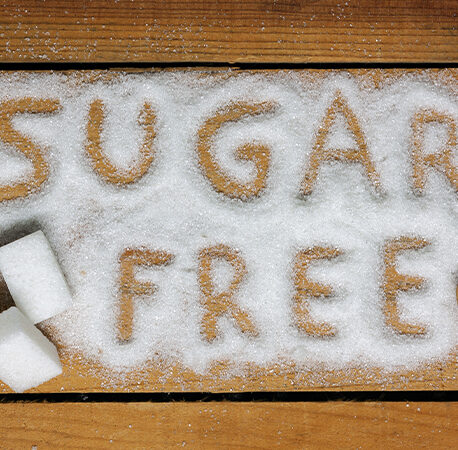
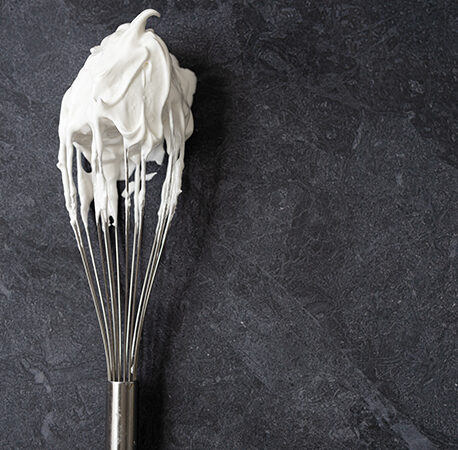
You have to be signed in to comment this post.